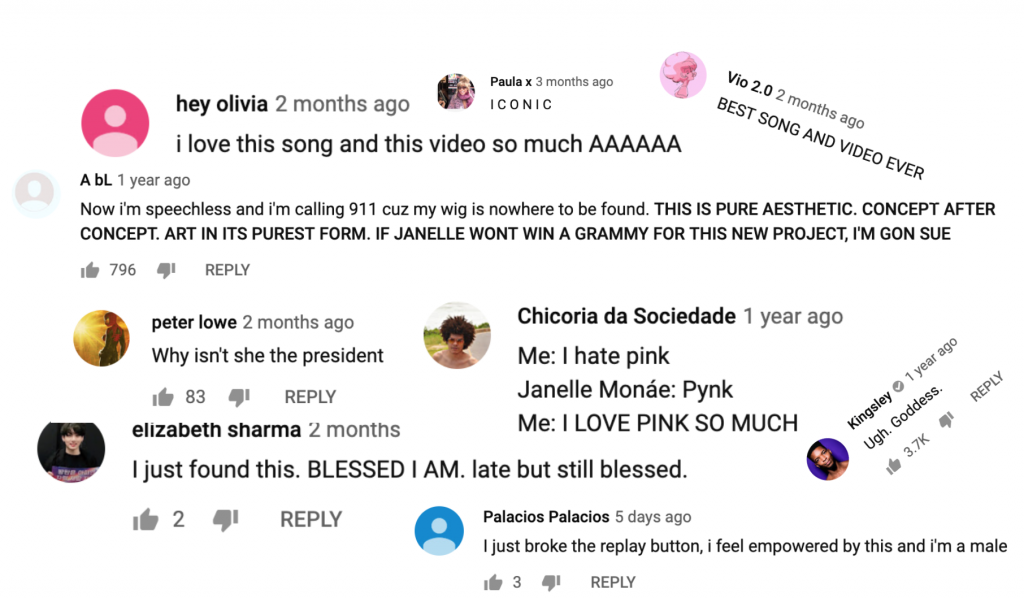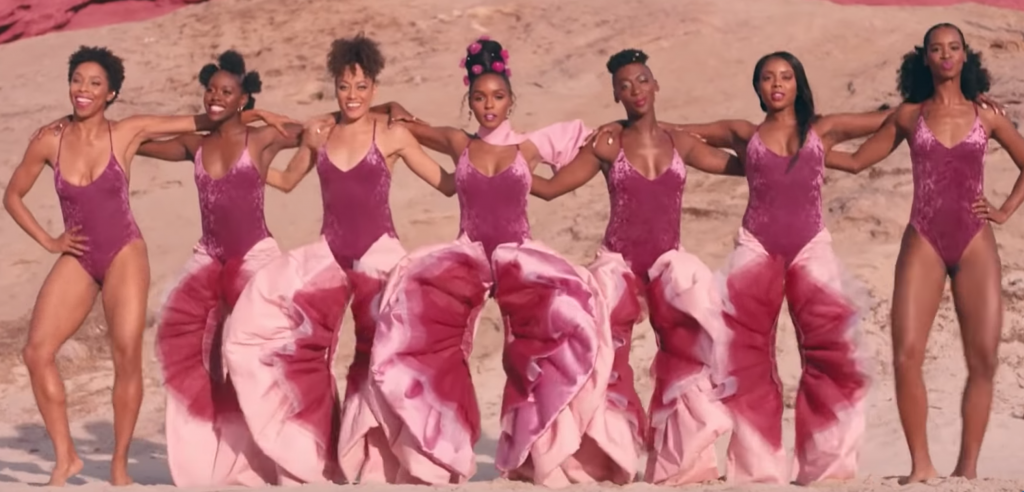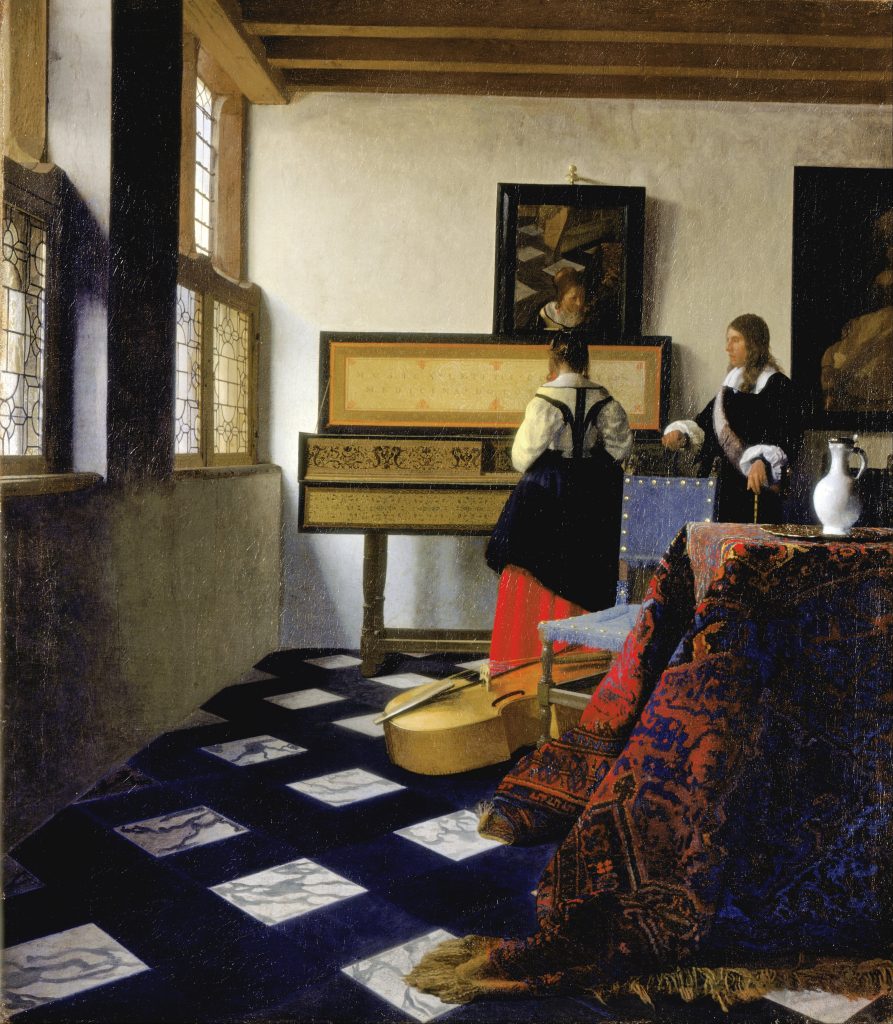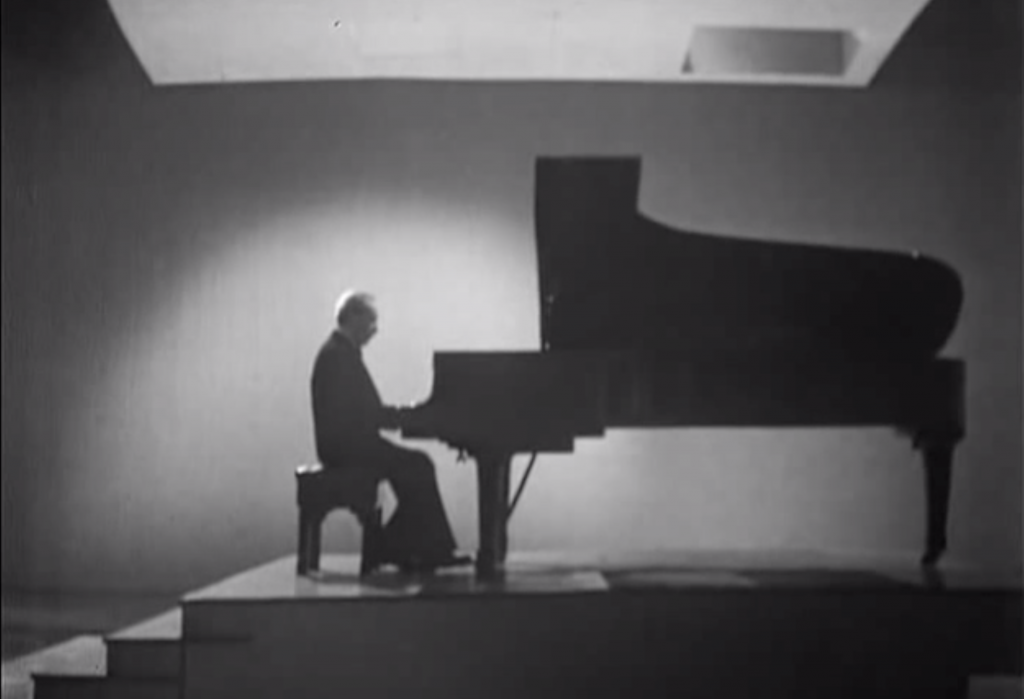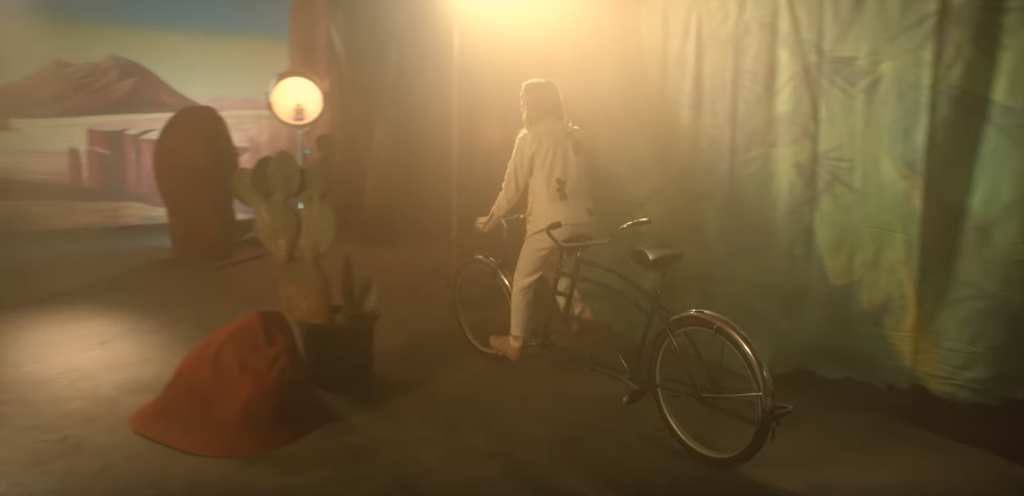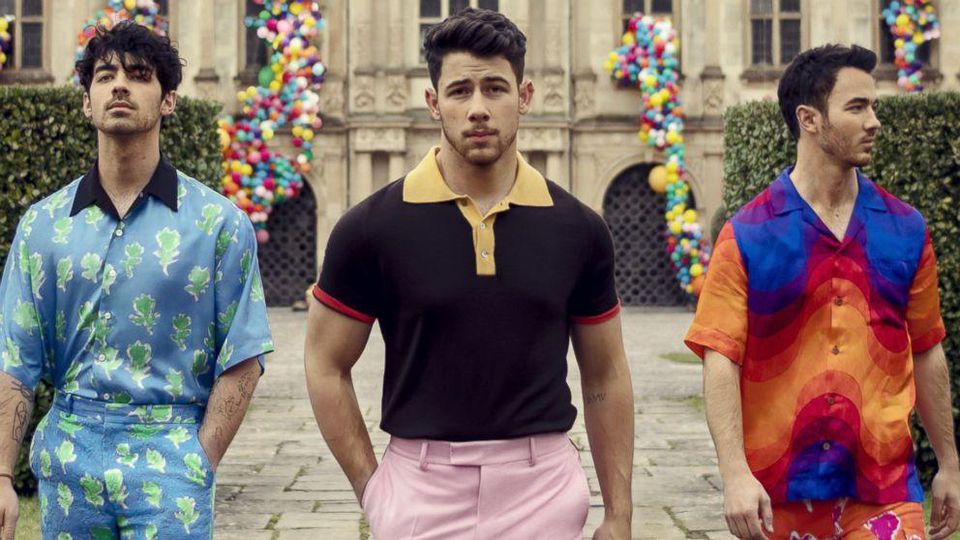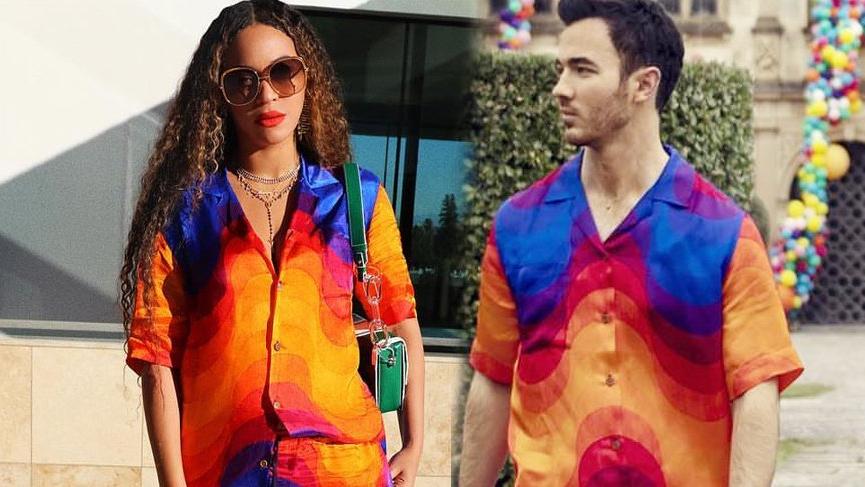Whether we realize it or not, an extreme gender binary is presented to us the moment we are born into the world. Pink means girl. Blue means boy. You want to be a princess, step over here. You want to play football, step over there. From day one, individuality is stripped from us at the expense of societal expectations for our gender. From the clothes we wear to the things we say, our whole lives are dictated by a limited and quite unreasonable presumption of normality.
Take a look at this New York Times article surrounding the limited options parents face when buying clothes for their children: https://www.nytimes.com/2018/08/28/well/family/the-gender-divide-in-preschoolers-closets.html Clemence writes, “I buy my daughter boys’ pants because even in an age of female fighter pilots and #MeToo, boys’ clothes are largely designed to be practical, while girls’ are designed to be pretty.” Or how about this article which criticizes the presence of gender stereotypes within children’s television and movies: https://hiplatina.com/gender-stereotypes-are-messing-with-your-kid/
If this gender binary is already thrown upon us at such an early age, what does this say about modern society, and how might it affect those who might not fall strictly on one side or another?
Well, the music video for Belgian rapper Stromae’s “Tous Les Mêmes” presents this issue in a very creative, engaging, and entertaining way.
In the video, Stromae is dressed as one-half male and one-half female, changing positions in the camera frame in order to take on the role of one or the other. While presenting as the male persona, the lighting of the scene is green, and he acts rough, rude, and dominant. In contrast, while he inhabits the female persona, the lighting is pink and he acts restrained, gentle, and submissive.
Here is a rough English translation of the lyrics: https://frenchcrazy.com/2019/03/tous-les-memes-english-translation.html/
It is extremely interesting to read the translated lyrics once on their own, and then again with the video. Stromae is able to quickly turn from male to female within two consecutive lines, changing perspective of the narrative. Here are two consecutive moments of the video in which Stromae completely switches characters and mannerisms:
His male persona frequently mentions having an argument during “that time of the month,” referring to a male’s preconceived notion about a woman’s irritability during menstruation. The female Stromae appears to be objectified and taken advantage of. These two dichotomies at last interlace at about 1:09 in the video, when both genders are presented at once, with half of the background green and half pink:
Stromae then dances along his counterparts with extremely interesting movements that combine the stereotypical softness of femininity with the harshness of masculinity. By seeing Stromae as half male and half female, the viewer is introduced to someone that is not limited to the confines of one category or the other. Instead, this person contains a multitude of qualities that are not simply preconceived based off appearance. This effect allows for a really incredible moment, and one that can only be achieved through the production of the video. Sure, the tune of the song is catchy, and the lyrics do stand on their own…but only through the presence of the video does the full effect of Stromae’s work come to life. Stromae’s music video utilizes different colored lighting, elaborate set design, and dancing in order to help complement the effectiveness of his music.
I don’t look at this music video as pushing a transgender or non-binary agenda. Rather, I see it as acknowledging a fault within society, and suggesting that perhaps men are allowed to be vulnerable, and women are allowed to be tough.
Here’s an interesting article put out by Girl Scouts which explains how parents can allow their children to follow their own path of interests, whatever that may involve: https://www.girlscouts.org/en/raising-girls/leadership/life-skills/everyday-ways-to-bust-gender-stereotypes.html
The fact that this video is readily available on a platform as widespread as youtube is an incredible advancement in technology. Not only can someone listen to Stromae’s music at home, but they can actually watch images that correspond to it as well. This is something that was unheard of a century ago. The combination of image and sound elevates the two separate art forms to create something incredibly engaging. This combination’s early introductions stem from Wagnerian opera and Russian ballet, in which the movements on stage reflected the music emerging from the pit. Today’s tech-savvy world allows for an even greater array of visual and musical possibility.
Here is a paper which chronicles the history of the combining of image and sound, something relatively new in the world of music: http://divergencepress.net/articles/2016/10/27/sound-and-image-relations-a-history-of-convergence-and-divergence
Despite the frequent French trolling in the comment section of “Tous Les Mêmes”…
…there are a few meaningful and relevant comments. Some might come away from the video with an idea similar to Muhammad Fachry’s:
But this isn’t necessarily true. The title of the song, translated to “All The Same,” is repeated throughout the song, especially towards the end. It is easy to see where Fachry is coming from, especially because of the lyrics, “You men are all the same / Cheap macho men / Bunch of unfaithful fools.” In this case, “All The Same” would refer to men in general. But I see this title under a different light. I believe that “All The Same” refers to both men and women. It is arguing that the stereotypes presented in the video are just that: stereotypes. Men and women are allowed to be––in ability, in intellect, and in personality––the same.
I enjoyed this thread of comments in particular:
Brad Bury writes, “It’s good to remember that being a woman is not having particular clothes, makeup or mannered body movements.” Mary Strawberry then asks, “What is being a woman? Or a man, for that matter,” to which DankWolf # very fittingly replies, “a human.”


